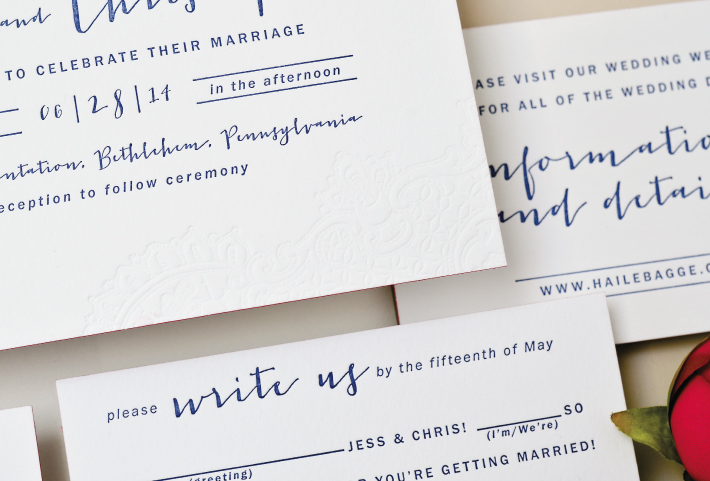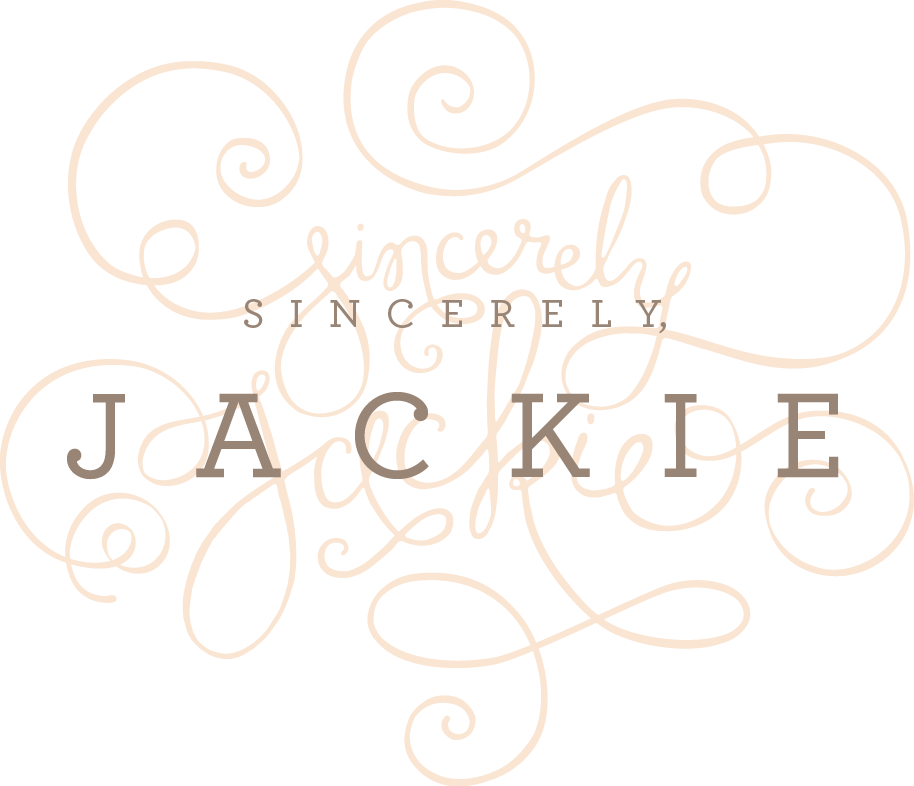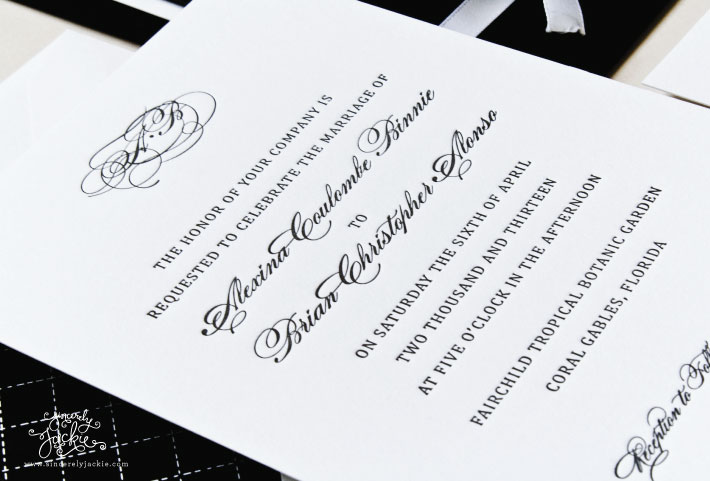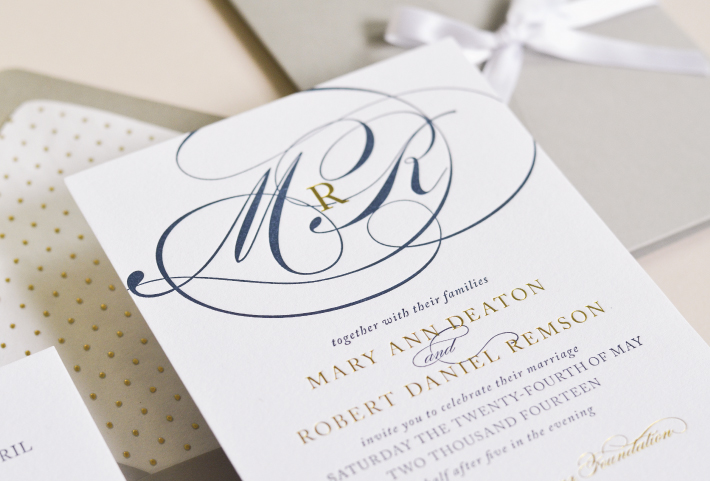Stationery 101: All About Letterpress

I get a lot of emails from sweet people who feel overwhelmed and confused about the options available for their stationery. Do they want letterpress? Engraving? Digital printing? Why do certain methods cost what they cost? Can gold foil be done with ink? Can various print methods be done together? Can white ink be printed on dark paper? Fear not! I'm hear to break it down in easy-to-understand terminology so that you'll be able to navigate the paper world a little easier, and so that you better understand the options available to you.
Today we'll be taking a look into the world of letterpress.
WHAT IS LETTERPRESS?
We all know the look and feel of letterpress - the deep impressions can be felt (ha!) from a mile away. Letterpress is all the rage right now, but what, exactly, is letterpress? And why does it come at a higher price point?
The simple answer is that letterpress printing involves antique machinery, skilled craftsmen (and women!), and is done completely by hand, one at a time. Read: labor intensive. Read again: expensive.
Here's what Wikipedia has to say about letterpress; and here's a great, in-depth article on letterpress from Oh So Beautiful Paper.
When I describe letterpress to my clients, I often describe it as a giant metal version of a rubber stamp. So, for the purpose of today, please keep that analogy in your mind. Plates are made of the design, and then ink is mixed (often by hand) and applied to the plates. The inked plate is then forcefully stamped into a sheet of paper, thus creating an colored impression that goes deep into the paper.
Similar to using a rubber stamp, only one color can be letterpress printed at a time. This means that adding a second color (or adding foil, engraving, or any other method) to your design will involve printing each invitation twice. Separate plates need to be made for each color, and then the pieces will be printed separately for each color. The plates need to be perfect, and the printsman needs to be skilled enough to make sure each color aligns perfectly. It's hard, friends, very hard! Imagine wanting to use a rubber stamp to create a pattern with red stripes and gold polka dots. You'd need one stamp and ink pad for the red stripes, and then a separate stamp and ink-pad for the gold polka dots. You'd stamp the red lines first, then carefully try to align and add the polka dots afterwards. Then, if you're like me, you'll swear loudy for not getting it perfectly. That, my friends, is exactly why we leave letterpress to the professionals, and pay them well for their skills, perfection, and attention to detail.

KEY TIDBITS ABOUT LETTERPRESS PRINTING:
Here are some things to keep in mind when it comes to letterpress. First, it is always called letterpress printing, and never called letterpressed. Flat printing isn't called flated, right? I know it's tricky, but you'll be taken more seriously if you're using the right terminology.
Letterpress works best with text and smaller graphics. Printing large blocks of color is difficult, as the color is hard to keep consistent and even over large areas. This is exactly why letterpress is so beloved on wedding invitations.
Letterpress needs to be done on a soft, thick paper in order to get the gorgeous deep impressions. There are cotton papers that are crafted specifically for letterpress. You can learn more about papers in my Stationery 101: Paper article.
Inks are opaque, which means white cannot be printed on a dark paper, and a certain amount of the white paper will always be able to peak through the ink. It's more noticeable when printing large blocks of color, which we already talked about above.
While metallic letterpress ink colors are available (usually for additional costs) they are not metallic in the sense of gold foil. They have more of a shimmer to them, and catch the light subtly and beautifully.
Letterpress is always done by hand and cannot be outsourced or automated by a machine. I love that, and I love the tradition of it. (I hope letterpress is never automated)
Letterpress printing can be combined with other fine print methods (such as foil, engraving, and embossing) but not with digital printing.
Alright folks, that should be a pretty good overview of what letterpress printing is. Again, I highly recommend this article on Oh So Beautiful Paper if you want a much more in-depth, technical overview.
Do you have any additional questions about letterpress? I would love to hear and answer them in the comments below.
Tune in next Tuesday for Stationery 101: Engraving, and don't forget to hear about past Stationery 101 topics here.
Sincerely,


